How to include research in your nature journal

In this article, learn about my process for identifying local plants, from the data I collect to the apps I use.
Research sounds like homework, but it doesn't have to be long, hard work. In fact, researching can be fun, quick and rewarding. Scratch that curiosity itch by including it as part of your nature journaling practice! Find out what counts as research and discover the benefits of sharing this information with the wider community.
⏬ Jump to a section:
Or watch on YouTube:
In October I focused on the plants in my area, trying to identify them for my 2022 Inktober challenge. My aim was to find out what the species around me are, determine if they're native and learn more about my local environment. Essentially, I was conducting research. In this way, I wanted to foster a greater connection to the land I live on.
What is research?
If you've ever asked questions when nature journaling (the second prompt is "I wonder" after all) then you may have been curious enough to follow up with some of them. Maybe this led you down "a rabbit hole of discovery", or research!
There is a distinction between searching and researching:
- 🔍 Searching is looking for something or someone. For example, you can search for your keys, or do a search on Google for "the airspeed velocity of an unladen swallow".
- 🧠Researching is more involved, with elements of collecting data, analysis and verification. This is part of the process of seeking knowledge or truth to increase understanding.
I didn't just want to find my local plants or their name - I wanted to learn about them. For example on the first day of my Inktober challenge I chose this tree, which is likely from the acacia or wattle genus:
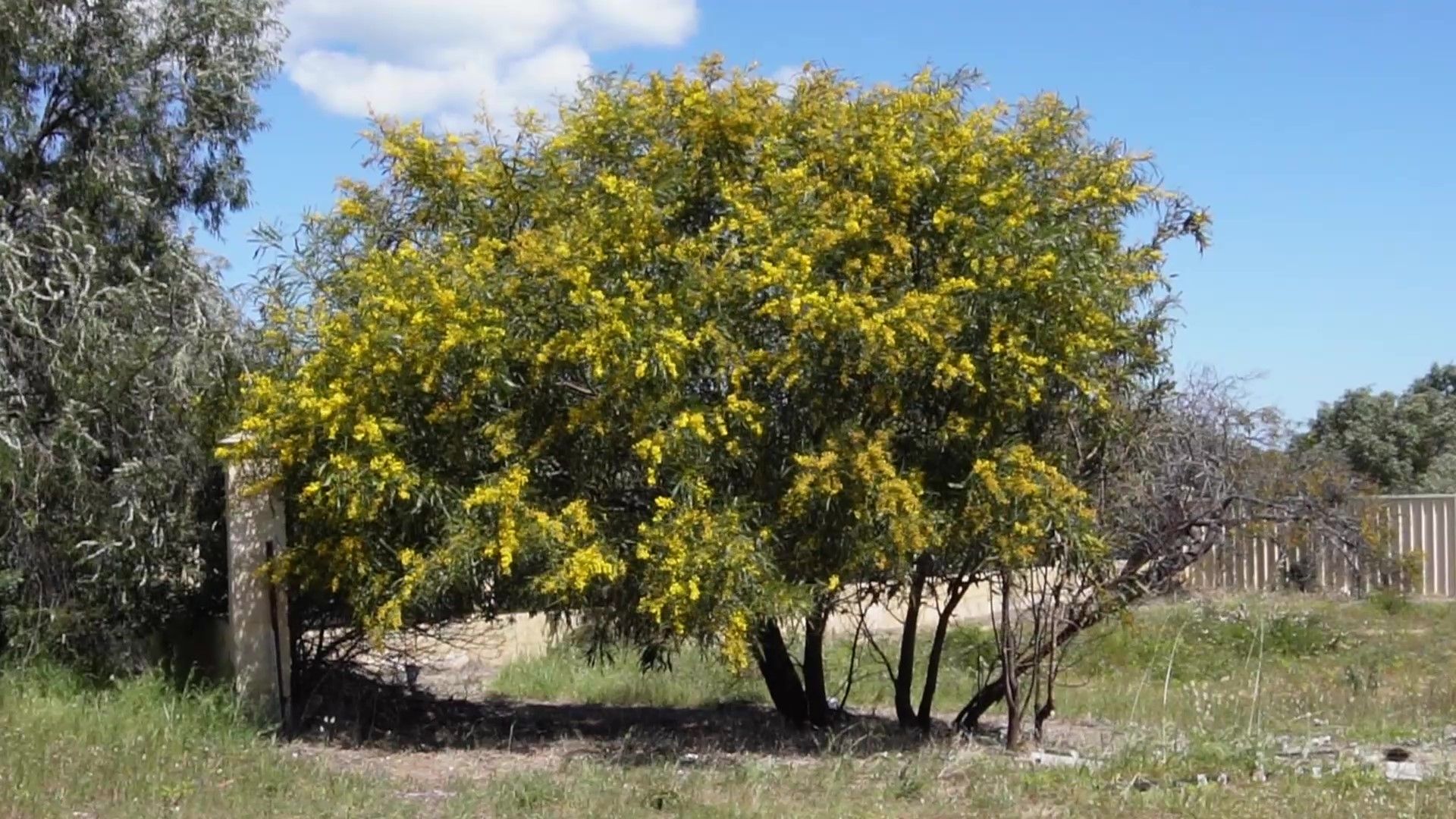
The wattle's flowers are quite iconic and the golden wattle is the Australian national flower. However, there are over 1300 species of acacia, with over 1000 being Australian. Is this one native or introduced? Endemic? What is the species? Questions such as these led me to capture information in my sketchbook through observation (field notes style) and take photos of different features. I also compared this tree with similar ones in the area and checked databases and reference books.
Part of the power of nature journaling is that you naturally find your subject more interesting as you pay attention to it and from there it’s no big leap to want to learn more. This is one of the reasons people conduct research - to satisfy their curiosity.
Why do research?
Personal curiosity and connection
What drives my curiosity is learning more about the world and sharing that information and knowledge with others. Researching a subject benefits me personally but if I share the information I collect then it benefits the greater community too. For this reason, I believe an important part of nature journaling is the scientific aspect of it. It’s very easy to contribute and you don’t need to be an expert.
Although I have a scientific background, it’s not in botany or the life sciences, so most of the time I don’t have deep knowledge of the plants I’m looking at. One of my first tasks was to determine which ones are native. Even just learning the family traits would be a starting point towards feeling more confident identifying Australian plants. With time I will pick up a lot and improve as I gradually add to my knowledge base.
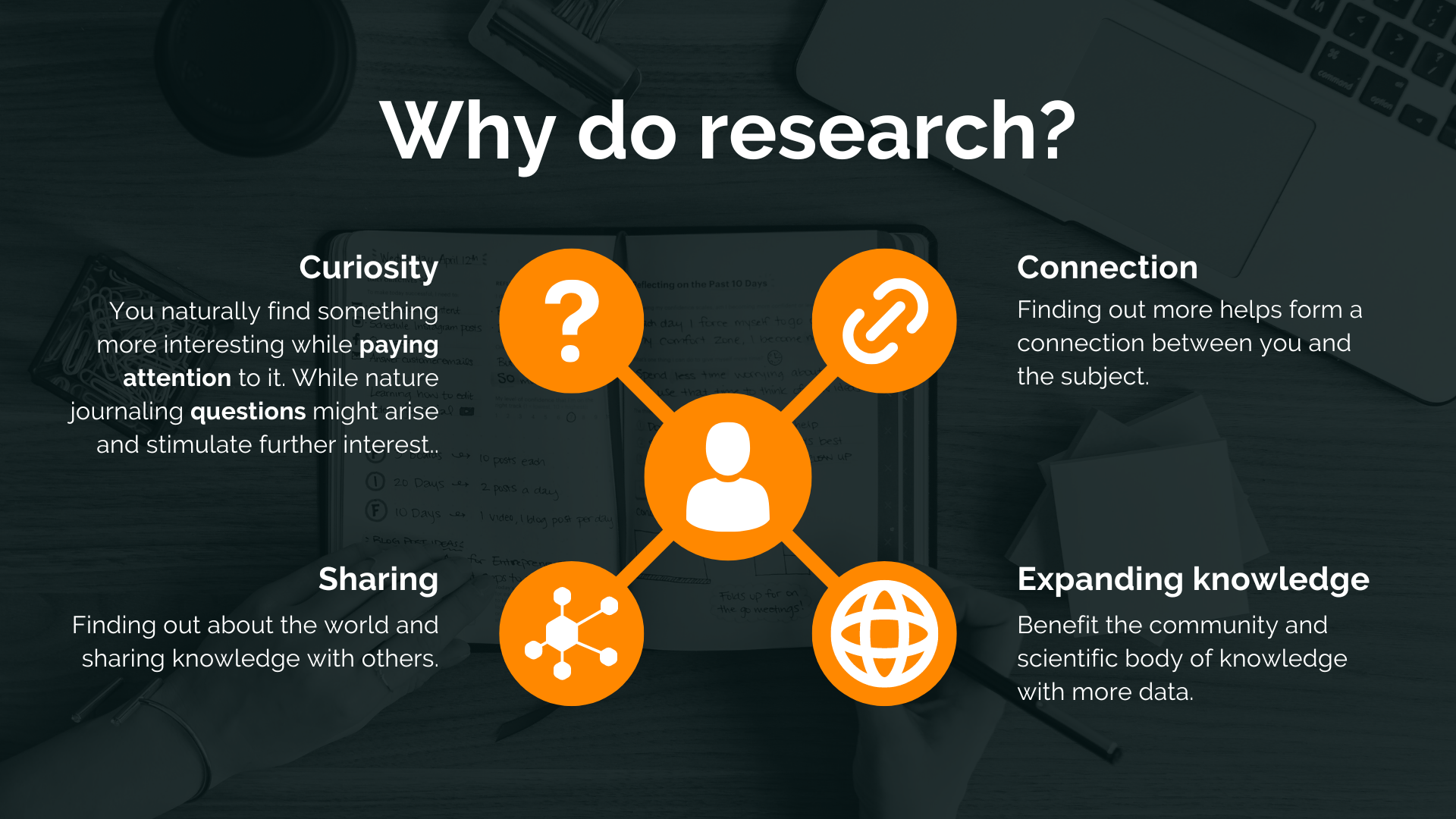
Education
Knowledge is power and I believe that a better education around the world would benefit everyone. I also believe that if we are scared or don’t understand something then it’s incredibly hard to love and care for it. This happens when people withdraw from the natural environment and seclude themselves. Australians spend around 90% of their time indoors, and I'm convinced that's not good for our physical or mental health. Recent research suggests loneliness increased during the pandemic, adding to what was already a pressing issue jeopardising our health.
It seems as though we are scared of stepping outside in case bees or bears might harm us; when staying inside our lonely (and sometimes toxic) homes is probably killing more of us.
It's strange to say but I remember coming to the realisation that we humans are part of nature too. It's something I think we all know, yet it felt as if I'd forgotten that truth. Are we slowly isolating ourselves from our true nature?
So, to address this, the first step is to educate ourselves. Once we do, then what we have paid attention to will spark an interest in us, evolving into a connection and forging a strong bond. Our bodies and minds need to be in nature, not scared of it. 💚
Communal knowledge sharing
There is still much left to discover about our world and the growing body of research can always have more data to improve scientific models and accuracy. This is why even uploading photos of weeds can be useful to researchers, even if it might not feel like you're contributing much. It's like another puzzle piece to build the bigger picture of understanding.
Australia, in particular, still has large gaps in its knowledge base. A lot of Australian species are unique due to their isolation on this island continent, even more so in Western Australia, separated from the east coast by the desert. Paula Peeters, who worked in wildlife conservation in Australia for 13 years, wrote recently:
(Contributing data to research) .. is a really important and worthwhile thing to do, because very little is known about the vast majority of Australian species, where they live, how many there are, what time of year they breed, etc. We need this basic observational data to inform how we look after our wildlife. - Paula Peeters (Paperbark Writer)
So whatever your reasons, just contribute - there's so much to gain and all it will cost you is a bit of time and thought.
So how do you include research in your nature journaling practice? In the next part I go through the steps of my process. I’ll say straight away that you don’t need to be an expert to share your data and it’s quick and easy to do.
How to research
Let's go through a scenario using the acacia tree from my Inktober challenge, where I have a rough idea of what it could be and want to get a more detailed understanding of it. I'll explain the process with an app first then discuss other ways of researching (such as field guides).
1. Collect data
To start I nature journaled my observations and took photos of different features that I thought would be useful for identifying, such as its habitat, leaves (foliage), flowers and bark. You could also collect specimens, water and soil samples, record audio and note down metadata such as the weather, date and time.
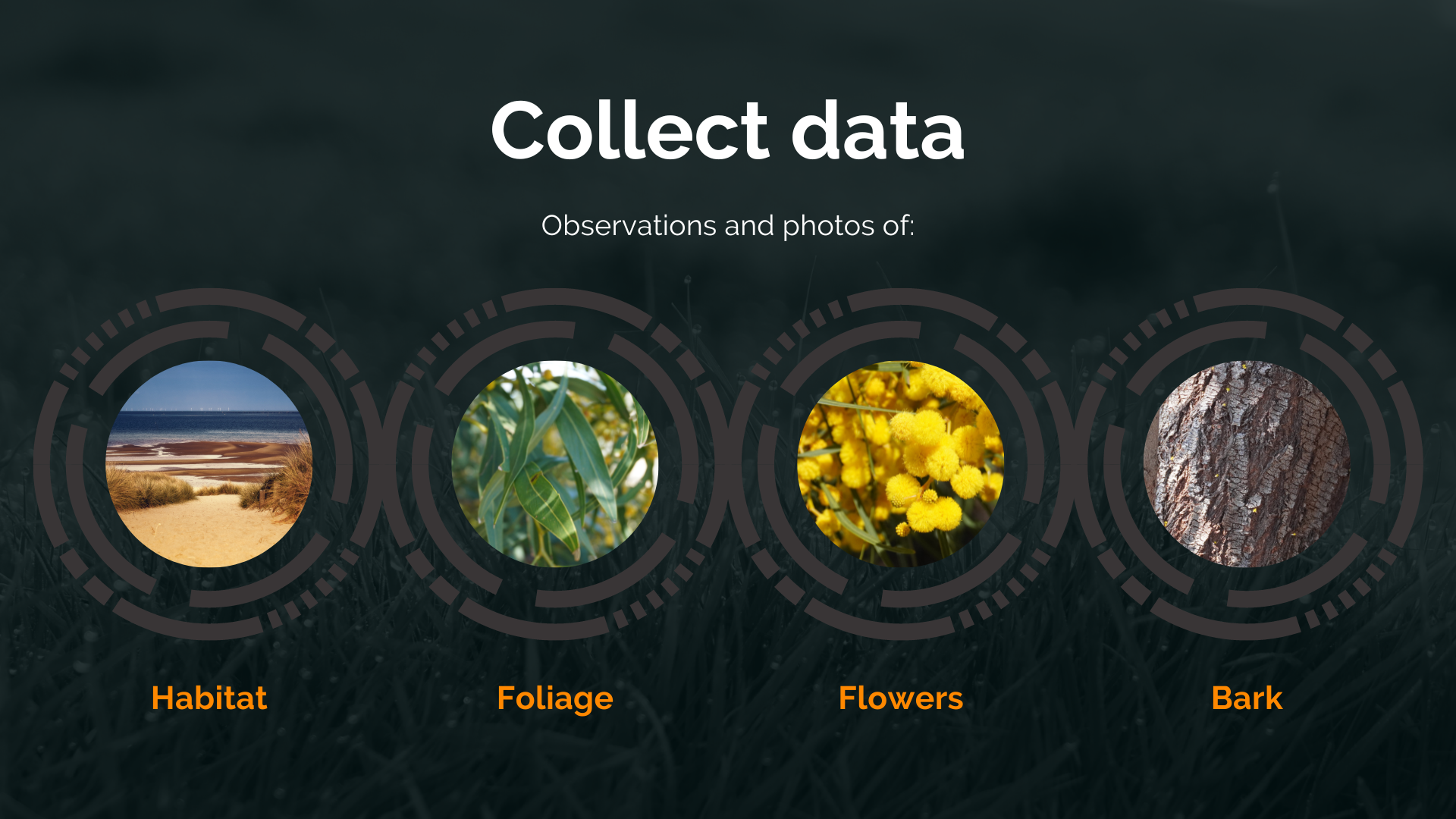
2. Upload
Once I have collected all the data I add it to an app called iNaturalist. You can upload notes, photos, videos and audio files, and some metadata is automatically extracted. The app will then offer suggestions of what you have observed, based on visual similarities and location, making it the most accurate app I have used. Other similar apps include Google Lens, Seek by iNaturalist and Questagame.

3. Analyse
To help decide the species, I compare my photos and observations with the suggested species and pick the one I think matches based on the information. If I’m not sure, I go further up the tree of life, to the family level (like acacia for example), until I am sure. One way of narrowing down the species is by looking at just those found in your location, either using local field guides or using the Explore tab in the app. There is also a Similar Species tab that I can check.
In my case, there are 6 species previously identified in my area:
- Prickly Moses - Distinctly different, with much smaller leaves and thorns
- Golden wreath wattle - strong contender based on photos
- Western coastal wattle - looks similar however I’ve previously nature journaled this one for its red-eyed seed pods and didn’t notice those pods on this tree. I made a mental note to go back to both trees and compare them. I found the leaves look different, the red-eyed wattle wasn’t flowering and the seed pods from the previous flowering were still visible, so not this species
- Rigid wattle - leaves look different where they attach to branch
- Narrow-winged wattle - very different flowers
- Summer-scented wattle - strong contender but not much information. Didn't notice a strong scent?

One of the fantastic features of iNaturalist is that other people in the community can then offer their suggested IDs and help narrow down the species. I've found the response time for others to suggest their IDs variable so could be within hours or weeks later.
Aside from analysing on the app, you can use other resources to help make an identification and learn more about the subject. For instance, traditional field guides are very useful for your local area.

Online resources such as Wikipedia (e.g. acacia) or search engines like Google are great starting points. For reputable information check databases like eBird or the one iNaturalist uses: the Atlas of Living Australia (ALA), which is Australia’s national database of biodiversity.
Keep in mind that search engines cast a wide net but may not provide reliable answers. It's up to you to decide if the information is trustworthy.
To improve the quality of these results (i.e. get more trustworthy ones) its best to go to primary sources of information. Scientists publish peer-reviewed data in scientific journals but these aren’t always freely accessible or easy to understand. Talking to experts or visiting museums would be another way of accessing similar information.
This is a continual cycle of adjusting - with each new piece of information the 'answer' may need to change. Stay open to accepting changes based on reliable data (and where possible avoid bias and assumptions). Sometimes Google doesn’t have the answer, possibly because there isn’t one yet. There are still many unknowns and things we don’t have answers to out there.

4. Share
Scientists and researchers gather lots of data themselves, however observations and recorded information in our nature journals is also data. One of the most important reasons for providing the data we collect to the scientific community is precisely because there is still so much to learn. Our data gives them more information to help their research be more accurate and build up our collective body of knowledge.
This is another reason why uploading data to iNaturalist is fantastic - not only do we get help and information about living species, the uploaded data can be accessed by researchers for their work. Contributing as a citizen scientist in this way provides more data and covers a larger area than if they were doing it on their own.
How do I help? (I’m no expert)
It really is as simple as uploading your photos, sounds or even other forms of evidence such as tracks or eggshells, to the app. The more metadata or notes you can add the better!
There might also be other apps or organisations you can share your data with, such as on local projects. For example, last week was the Birdlife Aussie Bird Count, and you can continue to be involved in seasonal counts or other projects with them. Consider participating in bioblitzes. Perhaps you’re already part of a community garden or landcare group and could document the times you spend there?
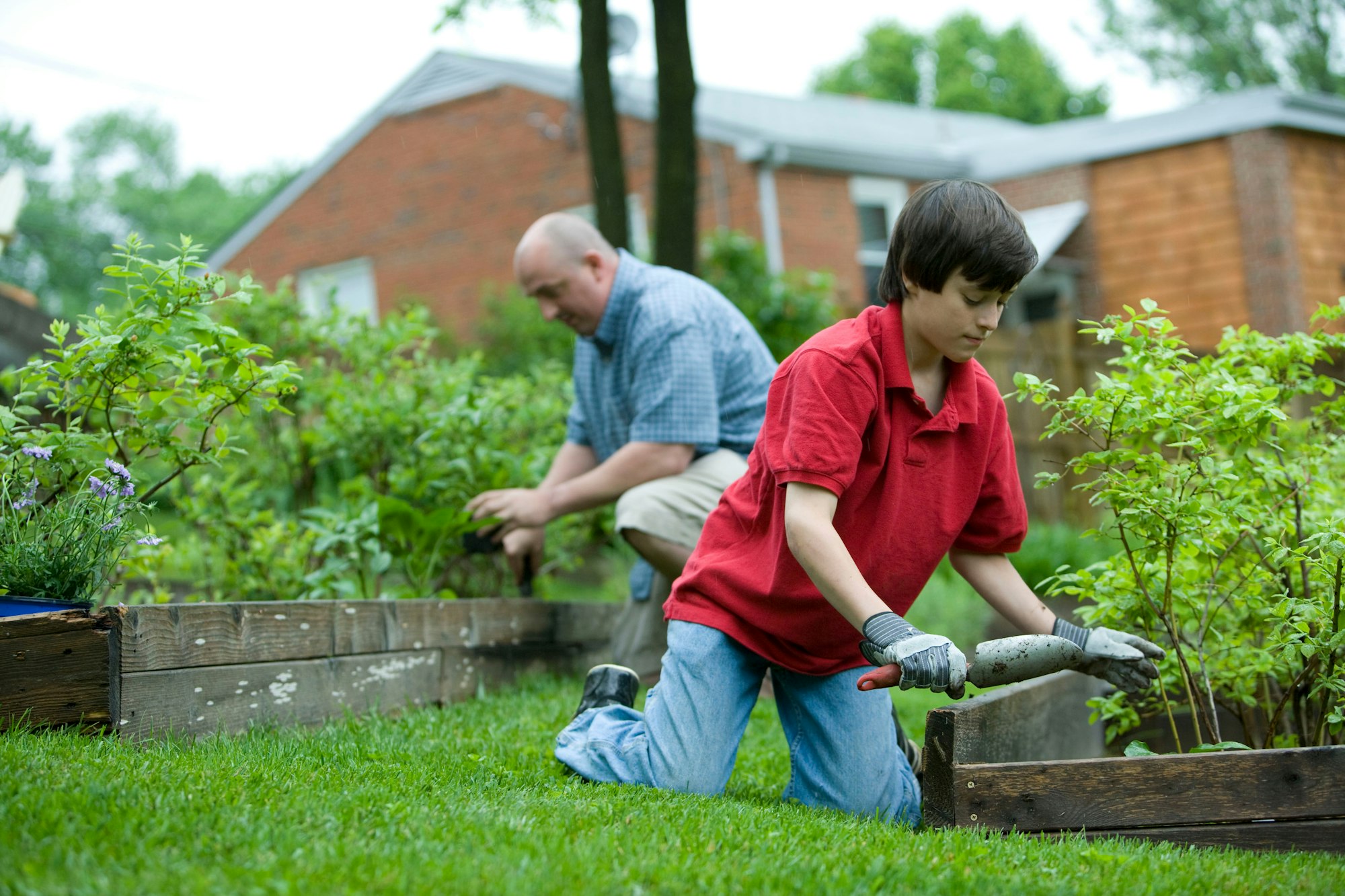
Do a search for citizen science projects near you and hopefully you'll be spoilt for choice on what to participate in. Just remember to keep adding to your nature journal as your primary place of recording observations, thoughts and questions.


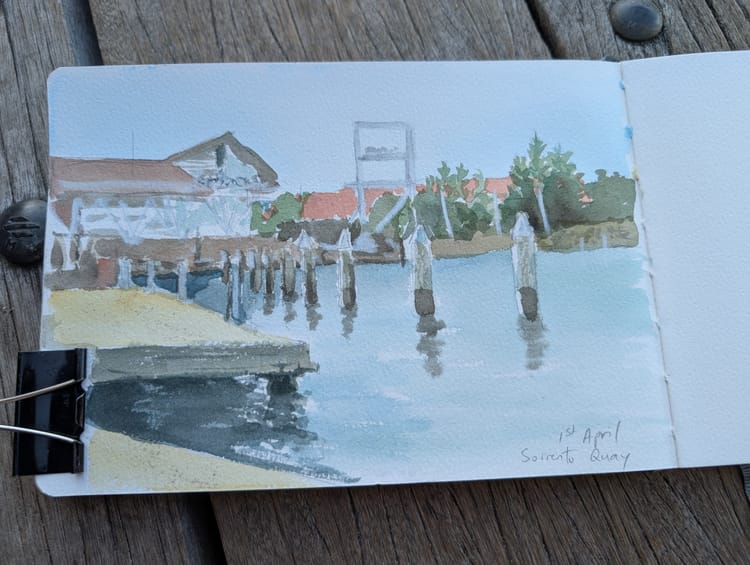
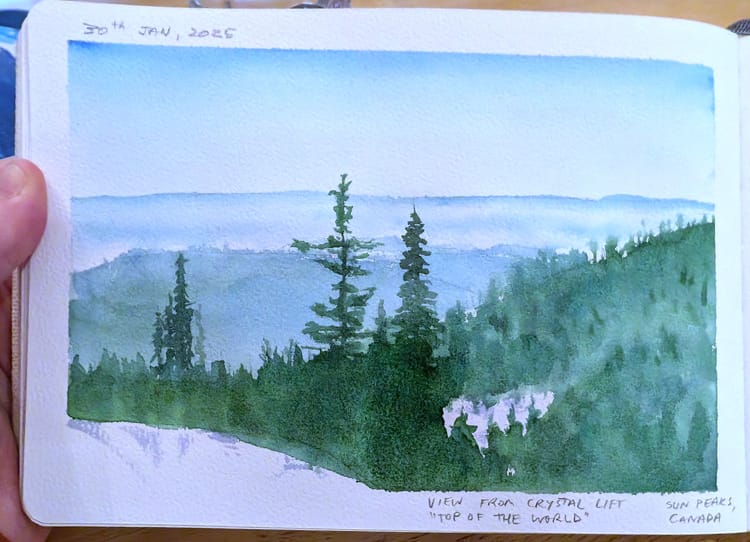

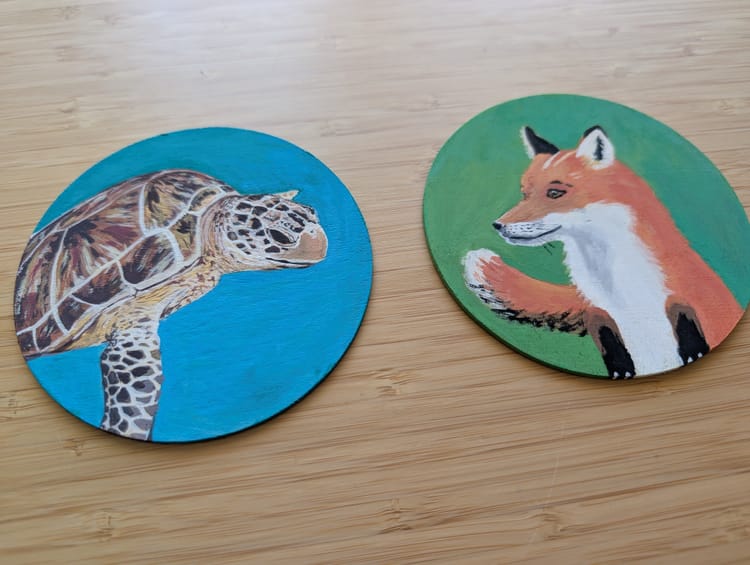
Member discussion